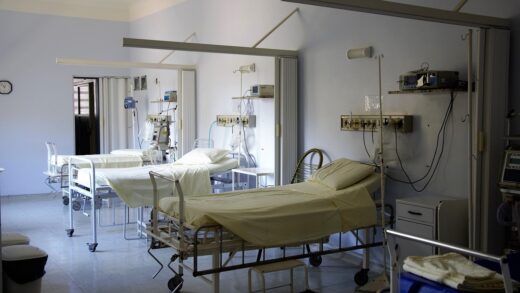The presentation provides an in-depth analysis of ventilation systems used in healthcare facilities, particularly in operating rooms (ORs). It highlights the critical importance of maintaining ultra-clean indoor air quality in surgical settings due to high infection risks and notes that surgical site infections occur in 2–10% of inpatient procedures. The presentation compares various ventilation approaches — including laminar airflow (LAF), mixing ventilation, temperature-controlled airflow (TAF), and hybrid systems — while referencing the R3 Nordic Guidelines and the European CEN standards that define design requirements, performance criteria, and environmental targets (e.g., CFU/m³ levels, ISO classifications).
It also outlines the challenges in balancing air cleanliness, thermal comfort for surgical teams and patients, and energy efficiency. Detailed case studies from hospitals like St. Olavs in Norway reveal how different ventilation systems impact energy usage and staff comfort. The presentation emphasizes that while LAF is traditionally preferred, under optimized conditions, mixing ventilation can also achieve required cleanliness levels. The final section proposes a matrix-based structure for HumanIC PhD students’ research contributions, linking healthcare environments to key performance indicators (KPIs) across themes such as air quality, thermal comfort, and energy consumption. This collaborative framework aims to harmonize research efforts and standardize benchmarks across diverse healthcare settings.




